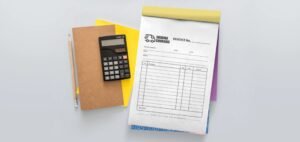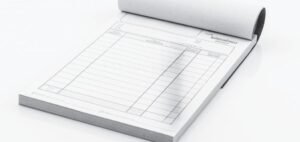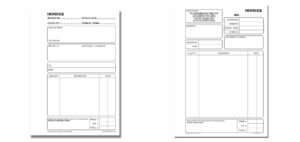When ordering printed materials like brochures, posters, or business cards, you’ll often see reference to GSM or paper weight.
But what exactly does GSM mean and how does it impact your printing?
This comprehensive guide will explain GSM paper and help you choose the right paper weight for any project.
It’s crucial to think about paper type and weight when selecting your printed product. The final product’s appearance and feel will be greatly influenced by both. Before your customer even begins to read the messaging, the correct paper may assist make that critical first impression.
What is GSM
GSM stands for grams per square meter and refers to the weight of paper. It measures how many grams one square meter of a particular paper weighs.
The higher the GSM number, the thicker and heavier the paper. For example, 100 GSM paper will be thinner than 150 GSM paper.
GSM indicates the density of the paper. Higher GSM means more fibers per square meter, resulting in a denser, thicker sheet.
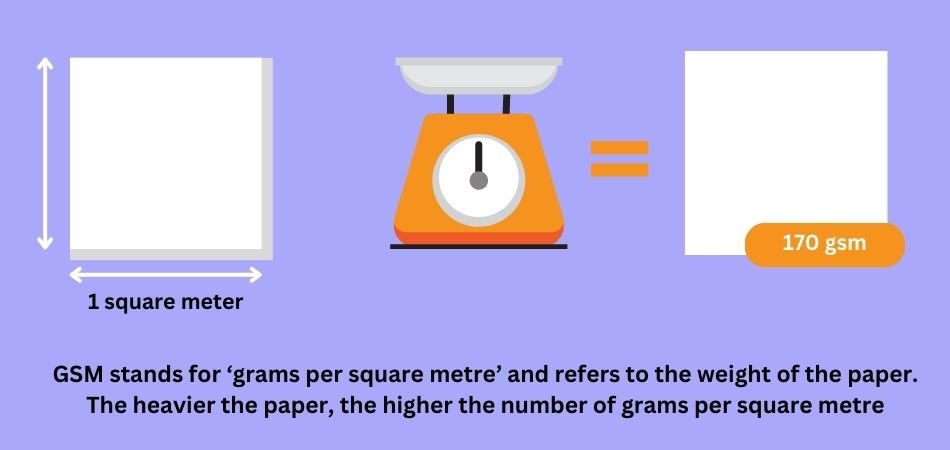
Why GSM is Important to consider before Print.
Simply said, various items are appropriate for various GSMs. For instance, a greetings card must be free-standing when exhibited, whereas a poster is typically affixed to a wall or framed, requiring a heavier paper.
Letterheads are yet another excellent example. Letterhead paper must be thick enough to pass through a regular office printer but heavy enough to feel premium when it is received by a client.
While restaurant menus are often printed on thicker stocks because they are more likely to be reused, bulk flyers for posting through letterboxes or takeaway menus are typically printed on thinner stocks since it is more cost-effective.
Thicker stocks typically seem more impressive, whilst thinner stocks typically imply a lower level of quality. Because of this, we only provide our premium business card selection on 450gsm, which is far thicker and better quality than the 350gsm cards that the majority of printers offer.
Why Does GSM Matter?
The GSM or thickness of paper affects several important factors:
- Durability – Heavier paper is more resilient against tearing, wrinkling or curling. Critical for printed pieces handled frequently.
- Texture – Thicker paper feels more luxurious and premium. Lightweight paper can seem flimsy.
- Ink Absorption – Light ink coverage needs less absorption than heavy saturated prints.
- Opacity – Minimal show-through requires thicker paper for crisp prints.
- Stiffness – Heavier stocks like card stock hold their shape better but are harder to fold.
Also Read: What Size Is A Flyer – Detailed Guide For Flyer Dimension
Common GSM paperweights?
Here is a list of every paperweight that is offered when printing online with discoverprint, along with a brief explanation of what each one may be used for.
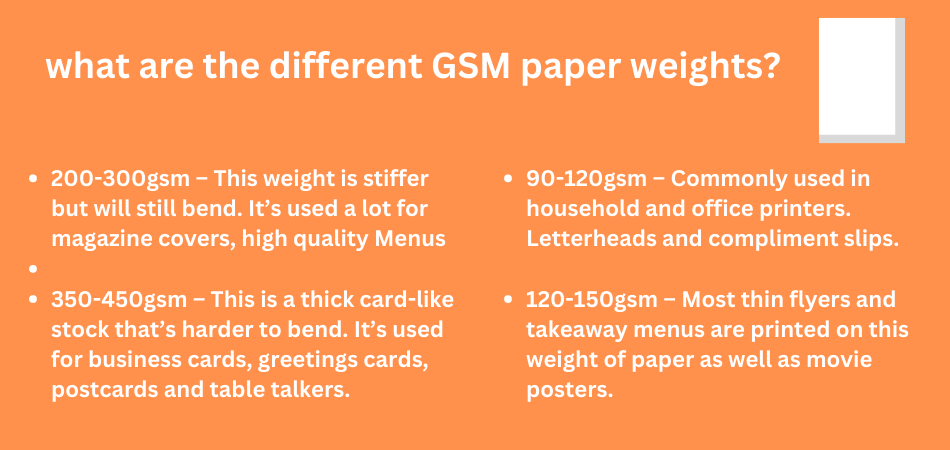
70-90 GSM – Thin, lightweight papers in this range are often used for:
- Notebook lined pages
- Tissue overlays
- Bible paper
- Light duty printing
90-120 GSM – Papers in this mid-weight bracket work well for:
- Office printing
- Letterheads, compliment slips
- Posters
- Low-cost flyers
- Some magazines
120-150 GSM – This range provides good durability for:
- Quality flyers
- Brochures
- Restaurant menus
150-250 GSM – The heavier papers in this group are suitable for:
- Postcards
- Table tents
- Door hangers
- Stickers
- Report covers
250-350 GSM – Extra thick papers in this spectrum have applications like:
- Placemats
- Rack cards
- Durable signage
350-450 GSM – Papers in this high weight range are ideal for:
- Business cards
- Covers
- Thick brochures
Should I Always Choose the Lowest GSM to Save on Printing Costs?
When reviewing GSM paper weights, you may think picking a lower GSM will get you the best price. But it’s important to look at other factors too before defaulting to the thinnest and lightest paper.
In some cases, choosing a higher GSM can actually save money in the long run, even if the base printing cost is slightly higher.
That’s because thicker, heavier paper is generally more durable and longer-lasting. A flyer printed on 120 GSM paper may be cheaper than one printed on 150 GSM.
But if the 120 GSM flyer gets battered, ripped or curled after being handed out extensively, you’ll have to reprint more sooner. Going with the thicker 150 GSM paper upfront can avoid replacement costs down the road.
Look at your project lifespan and distribution process. A flyer for a one-time evening event that just needs to be legible for a few hours could work fine at 120 GSM to keep costs minimal.
But a flyer being inserted in gift bags at a multi-day conference will go home with attendees and be used longer. 150+ GSM will better withstandRepeated handling and review by multiple people.
Likewise for signage, posters or menus. If positioned in high traffic areas and subjected to handling, spills or wear, spending a bit more on a durable 200+ GSM stock now can prevent costs to reprint failing signs later.
Consider your brand standards too. Going too thin to cut costs can backfire by seeming flimsy and cheap, undermining a premium brand image. Quality paper impacts perceived value.
Discuss use cases with your printer in detail. Request free GSM samples to feel thickness differences yourself.
While not always true, remember that generally, higher GSM = higher quality and longevity.
Balance your budget with durability needs for the best long term value.




